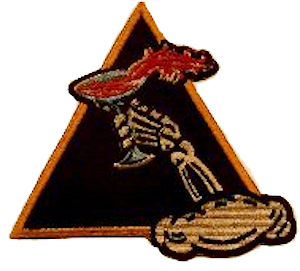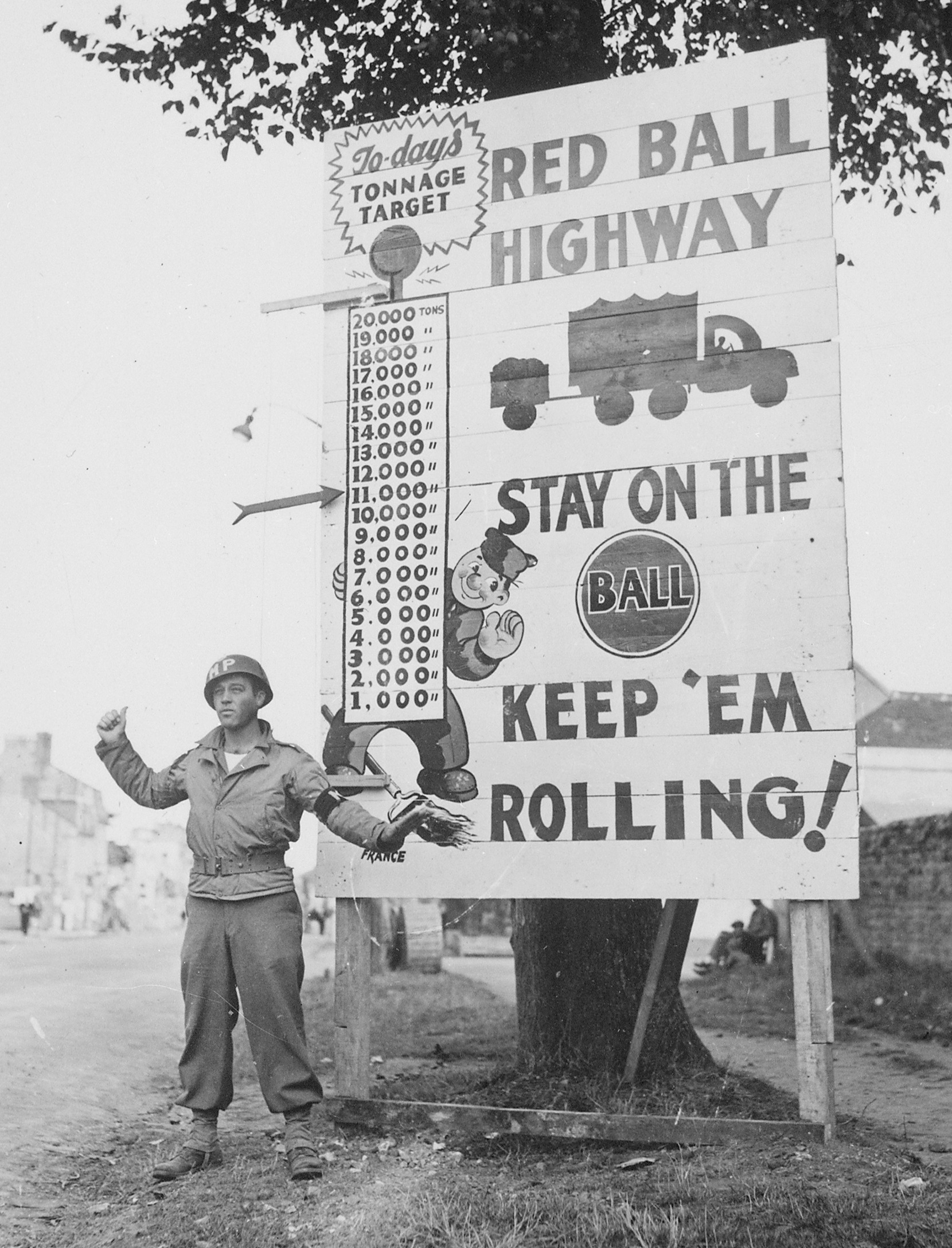|
370th Fighter Group
The 370th Fighter Group was a unit of the Ninth Air Force that was located in the European Theater of Operations during World War II.Maurer, Maurer. ''Air Force Combat Units Of World War II''. Maxwell AFB, Alabama: Office of Air Force History, 1983. . Activation and training The group was constituted as 370th Fighter Group on 25 May 1943 and activated on 1 Jul 1943. The group trained with Republic P-47 Thunderbolt aircraft at Westover Field, Massachusetts. They moved to Groton Army Air Field, Connecticut in October 1943 and then to Bradley Field in January 1944. Move to England The group moved to RAF Aldermaston in England in January and February 1944 and were assigned to the Ninth Air Force. They moved to RAF Andover at the end of February and remained there until July 1944 They were equipped with Lockheed P-38 Lightning aircraft in February and trained until May 1944 when the group entered combat. Their missions consisted of dive-bombing radar installations and flak tower ... [...More Info...] [...Related Items...] OR: [Wikipedia] [Google] [Baidu] |
Lockheed P-38 Lightning
The Lockheed P-38 Lightning is an American single-seat, twin piston-engined fighter aircraft that was used during World War II. Developed for the United States Army Air Corps by the Lockheed Corporation, the P-38 incorporated a distinctive twin boom, twin-boom design with a central nacelle containing the cockpit and armament. Along with its use as a general fighter aircraft, fighter, the P-38 was used in various aerial combat roles, including as a highly effective fighter-bomber, a night fighter, and a Range (aircraft), long-range escort fighter when equipped with drop tanks. The P-38 was also used as a bomber-pathfinder, guiding streams of medium bomber, medium and heavy bombers, or even other P-38s equipped with bombs, to their targets."P-38 Lightning" National M ... [...More Info...] [...Related Items...] OR: [Wikipedia] [Google] [Baidu] |
United States Army Air Forces
The United States Army Air Forces (USAAF or AAF) was the major land-based aerial warfare service component of the United States Army and ''de facto'' aerial warfare service branch of the United States during and immediately after World War II (1941–1945). It was created on 20 June 1941 as successor to the previous United States Army Air Corps and is the direct predecessor of the United States Air Force, today one of the six armed forces of the United States. The AAF was a component of the United States Army, which on 2 March 1942 was divided functionally by executive order into three autonomous forces: the Army Ground Forces, the United States Army Services of Supply (which in 1943 became the Army Service Forces), and the Army Air Forces. Each of these forces had a commanding general who reported directly to the Army Chief of Staff. The AAF administered all parts of military aviation formerly distributed among the Air Corps, General Headquarters Air Force, and the gro ... [...More Info...] [...Related Items...] OR: [Wikipedia] [Google] [Baidu] |
RAF Aldermaston
Royal Air Force Aldermaston or more simply RAF Aldermaston is a former Royal Air Force station located east of Newbury, Berkshire and southwest of Reading, Berkshire, England. Originally built as an RAF Bomber Command airfield during 1941-1942, Aldermaston was transferred to the United States Army Air Forces in August 1942. Placed under the jurisdiction of Eighth Air Force, it was home to several Douglas C-47 Skytrain Troop Carrier Groups. It was transferred to Ninth Air Force in 1943 primarily as a Troop Carrier Command base. Returned to RAF Control at the end of 1945, it was used by Technical Training Command before being placed on Care and Maintenance. In 1946, it was transferred to the Ministry of Civil Aviation and used by BOAC aircraft for training. Also used by the Ministry of Aircraft Production for Supermarine Spitfire assembly and flight testing, the airfield closed in 1950 and the site became home of the Atomic Weapons Research Establishment (later the Atomic ... [...More Info...] [...Related Items...] OR: [Wikipedia] [Google] [Baidu] |
First United States Army
First Army is the oldest and longest-established field army of the United States Army. It served as a theater army, having seen service in both World War I and World War II, and supplied the US army with soldiers and equipment during the Korean War and the Vietnam war under some of the most famous and distinguished officers of the U.S. Army. It now serves as a mobilization, readiness and training command. History Establishment and World War I The First Army was established on 10 August 1918 as a field army when sufficient American military manpower had arrived on the Western Front during the final months of World War I. The large number of troops assigned to the American Expeditionary Forces (AEF) required the activation of subordinate commands. To fill this need, First Army was the first of three field armies established under the AEF. The first commander was General John J. Pershing, who also served as Commander-in-Chief (C-in-C) of the AEF. The headquarters planned ... [...More Info...] [...Related Items...] OR: [Wikipedia] [Google] [Baidu] |
Pillbox (military)
A pillbox is a type of blockhouse, or concrete dug-in guard-post, normally equipped with loopholes through which defenders can fire weapons. It is in effect a trench firing step, hardened to protect against small-arms fire and grenades, and raised to improve the field of fire. The modern concrete pillbox originated on the Western Front of World War I, in the German Army in 1916. Etymology The origin of the term is disputed. It has been widely assumed to be a jocular reference to the perceived similarity of the fortifications to the cylindrical and hexagonal boxes in which medical pills were once sold; also, the first German concrete pillboxes discovered by the Allies in Belgium were so small and light that they were easily tilted or turned upside down by the nearby explosion of even medium (240mm) shells. However, it seems more likely that it originally alluded to pillar boxes, with a comparison being drawn between the loophole on the pillbox and the letter-slot ... [...More Info...] [...Related Items...] OR: [Wikipedia] [Google] [Baidu] |
Operation Market Garden
Operation Market Garden was an Allied military operation during the Second World War fought in the Netherlands from 17 to 27 September 1944. Its objective was to create a salient into German territory with a bridgehead over the River Rhine, creating an Allied invasion route into northern Germany. This was to be achieved by two sub-operations: seizing nine bridges with combined U.S. and British airborne forces (Market) followed by land forces swiftly following over the bridges (Garden). The airborne operation was planned and undertaken by the First Allied Airborne Army with the land operation by XXX Corps of the British Second Army.The Battle for the Rhine 1944 by Robin Neillands, Chapter 4 The Road to Arnhem Although the largest airborne operation of the war up to that point, Market Garden's ultimate outcome remains debated: The operation succeeded in liberating the Dutch cities of Eindhoven and Nijmegen along with many towns, and limited V-2 rocket launching sites. How ... [...More Info...] [...Related Items...] OR: [Wikipedia] [Google] [Baidu] |
La Vieille Airfield
La Vieille Airfield is an abandoned World War II military airfield, which is located in the commune of Saint Georges d'Elle in the Normandy region of northern France. Located at the " Hameau Lavieille " - Saint Georges d'Elle ( to the northeast of the commune),at the foot of the Hill 192 at 10 km of Saint Lô; the United States Army Air Force established a temporary airfield on 31 July 1944, shortly after the Allied landings in France The airfield was constructed by the IX Engineering Command, 818th Engineer Aviation Battalion. History Known as Advanced Landing Ground "A-19", the airfield consisted of a single 5000' (1500m) Prefabricated Hessian Surfacing/Compressed Earth runway (3600 PHS/1400 ETH) aligned 01/19. In addition, tents were used for billeting and also for support facilities; an access road was built to the existing road infrastructure; a dump for supplies, ammunition, and gasoline drums, along with a drinkable water and minimal electrical grid for communicat ... [...More Info...] [...Related Items...] OR: [Wikipedia] [Google] [Baidu] |
Battle Of Saint-Lô
The Battle of Saint-Lô is one of the three conflicts in the , which took place between July 7 and 19, 1944, just before Operation Cobra. Saint-Lô had fallen to Germany in 1940, and, after the Invasion of Normandy, the Americans targeted the city, as it served as a strategic crossroads. American bombardments caused heavy damage (up to 95% of the city was destroyed) and a high number of casualties, which resulted in the martyr city being called "The Capital of Ruins", popularized in a report by Samuel Beckett. Background 300px, Front lines shortly before the battle France was invaded in 1940 and the 7th Panzer Division, commanded by Erwin Rommel, entered Normandy, with the objective of capturing Cherbourg Harbor. Saint-Lô fell under German control on the night of June 17, 1940. During the occupation, the statue of ''la Laitière normande'' (the Norman milkmaid), created by Arthur Le Duc was dismantled and melted down to make cannons, despite opposition from local politicia ... [...More Info...] [...Related Items...] OR: [Wikipedia] [Google] [Baidu] |
Cardonville
Cardonville () is a commune in the Calvados department and Normandy region of north-western France. History World War II After the liberation of the area by Allied Forces in early June 1944, engineers of the Ninth Air Force IX Engineering Command began construction of a combat Advanced Landing Ground outside of the town. Declared operational on 14 June, the airfield was designated as " A-3", it was used by the 368th Fighter Group which flew P-47 Thunderbolts until the end of August when the unit moved into Central France. Along with the 368th, the 370th Fighter Group flew P-38 Lightnings from the airfield until mid-August. With the combat units moved out, the airfield was closed.Maurer, Maurer. Air Force Combat Units of World War II. Maxwell AFB, Alabama: Office of Air Force History, 1983. . Population See also *Communes of the Calvados department The following is a list of the 528 communes of the Calvados department Department may refer to: * Departmentalization ... [...More Info...] [...Related Items...] OR: [Wikipedia] [Google] [Baidu] |
Cotentin Peninsula
The Cotentin Peninsula (, ; nrf, Cotentîn ), also known as the Cherbourg Peninsula, is a peninsula in Normandy that forms part of the northwest coast of France. It extends north-westward into the English Channel, towards Great Britain. To its west lie the Gulf of Saint-Malo and the Channel Islands, and to the southwest lies the peninsula of Brittany. The peninsula lies wholly within the department of Manche, in the region of Normandy. Geography The Cotentin peninsula is part of the Armorican Massif (with the exception of the Plain lying in the Paris Basin) and lies between the estuary of the Vire river and Mont Saint-Michel Bay. It is divided into three areas: the headland of Cap de la Hague, the Cotentin Pass (the Plain), and the valley of the Saire River ( Val de Saire). It forms the bulk of the department of Manche. Its southern part, known as "le Marais" (the Marshlands), crosses from east to west from just north west of Saint Lo and east of Lessay and marks a natura ... [...More Info...] [...Related Items...] OR: [Wikipedia] [Google] [Baidu] |








